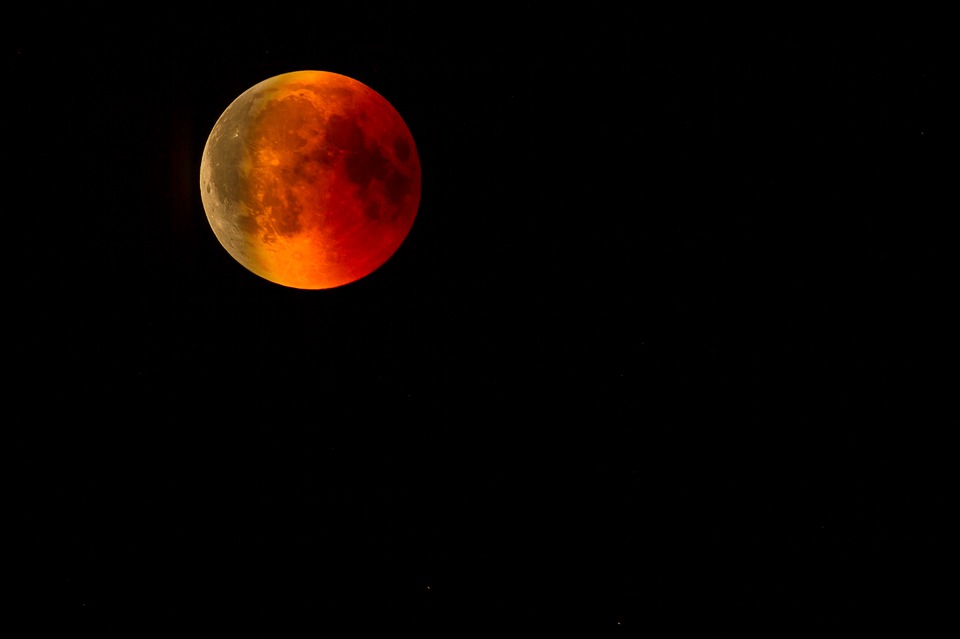Fake moon is a illumination satellite" that could provide enough light for between 60 and 50 square miles of the city. The fake moon would function as a mirror which will reflect sunlight back to Earth. It would revolve about Earth, approximately the same height as the International Space Station. As reported by the People's Daily Online, scientists in the city of Chengdu in southwest China at a private aerospace institute want to launch this "illumination satellite" in orbit by 2020, they may be able to replace streetlights by launching a fake moon. Wu Chunfeng , chairman of the cleanly named Chengdu Aerospace Science Institute Microelectronics System Research Institute Co, Ltd. said the concept had been in testing for a few years and the technology was now in appropriate standards to make it happen, with a launch scheduled for 2020.The China Daily newspaper stated Mr Wu as saying that three "huge mirrors" could be launched by 2022.
Mr Wu also said it would reflect sunlight across an area of between 10km and 80km with brightness "eight times" that of the real Moon and both the accuracy and intensity of the light would be controllable. The reports gave no details about what the fake moon would look like. It could also "illuminate blackout areas" after, a natural disaster like an earthquake. According to Chengdu aerospace officials putting a fake moon in space could actually end up being cheaper than paying for street lights. By the use of fake moon to illuminate an area of 50 square km can save 1.2 billion yuan of electricity cost that is around US$172 million.
The reason why fake moon is not a perfect idea is that there are already many cities in china that are significantly affected by the light pollution. As the fake moon will generate light eight times then that of real moon. This will create problems for both residents, who are incapable of avoiding the undesired light, as well as for the wildlife population that can not hide themselves in their homes and close the windows. Stargazers already avoid full moon as its light pollution makes it difficult to see stars and the fake moon will produce much more brightness than real moon, so it will also cause difficulty in stargazing. In 1993, Russia tested a space mirror and In 1920, a German scientist Hermann Oberrth proposed the idea of space station from which a 100m wide concave mirror could be used to reflect sunlight onto a specific area on Earth.
